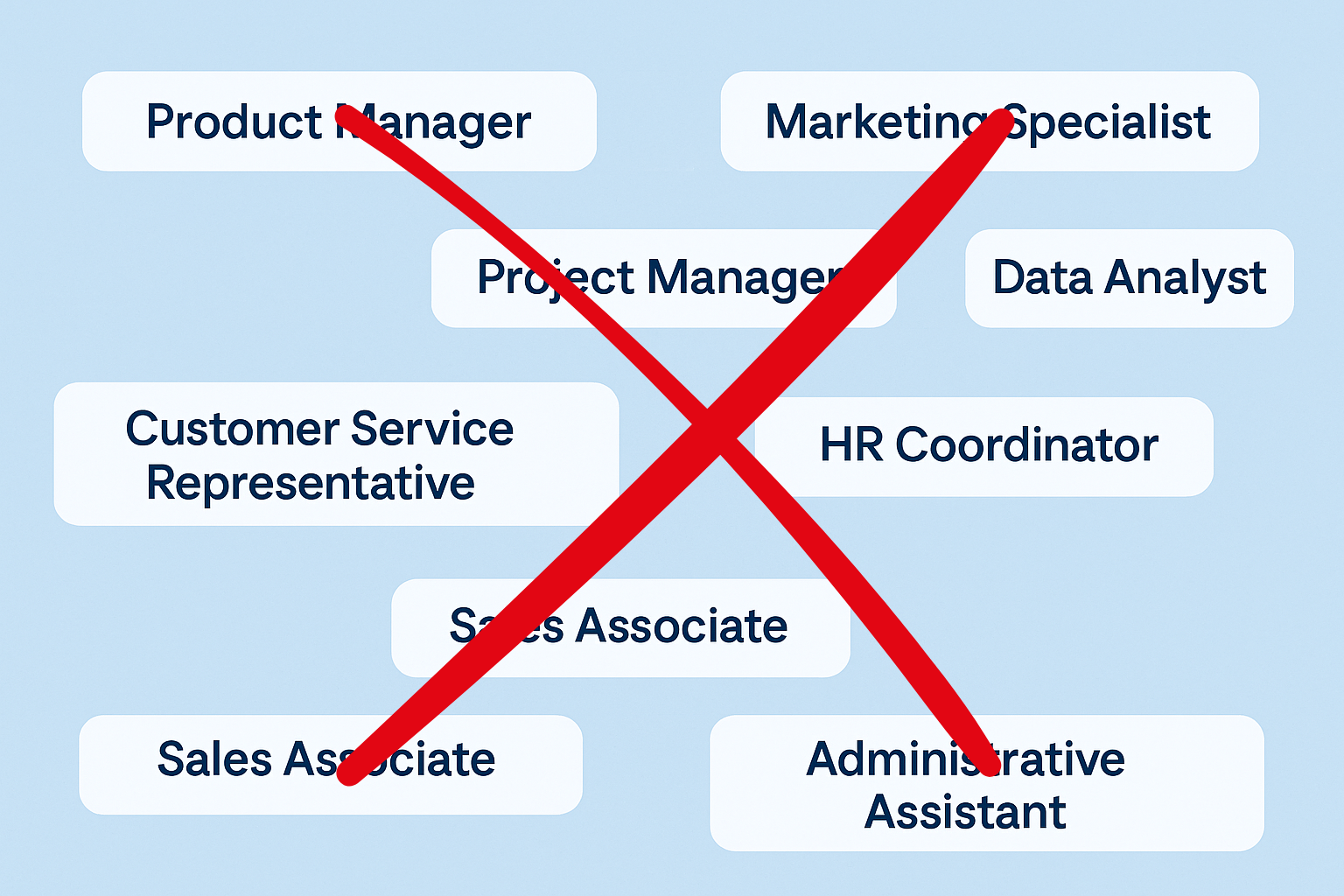This week the news did not whisper. It shouted. Kaiser facilities in Northern California saw a one-day strike over unsafe staffing and burnout, with hundreds of clinicians on the line and thousands more watching closely. (San Francisco ChronicleLocal News Matters )Across the ocean, Tasmania’s largest hospital closed beds and limited admissions as nurses reported shifts stretching up to 19 hours. (Pulse TasmaniaThe Mercury, a U.S.) federal watchdog, reviewing Veterans Health Administration facilities, flagged “severe” staffing shortages in 94 percent of locations for doctors and 79 percent for nurses. That is not a typo. (The Guardian) If you only skim headlines, the takeaway is simple. The workforce is exhausted, patient risk rises when rosters are thin, and leaders need relief that is measured in days and weeks, not quarters and years. Yet a second truth is hiding in the macro data. Health care and social assistance are keeping overall job growth afloat in a slowing U.S. labor market, adding roughly 64,000 roles per month. Remove that sector and private job growth looks anemic.( The Wall Street Journal )The demand signal is loud. The supply response is not. Let us add a little story you will recognize. A nurse in a telemetry unit checks her step count at 2 a.m. Her smartwatch thinks she is training for a marathon. The coffee she made at midnight went cold an hour ago. She is covering for a vacancy and a sick call. The floor is full and acuity is high. The bedside monitors should be the only things beeping tonight. Instead, the staffing app is also beeping because tomorrow’s day shift still has two gaps. That is the operational reality behind this week’s headlines. And it is why the conversation must move from crisis narration to practical prevention. What the data says about the pressure Hospitals reduced RN turnover in 2024, but it still averaged about 16 to 18 percent depending on region and specialty. The 2025 NSI National Health Care Retention and RN Staffing report shows progress, yet falls short of targets, with many organizations entering 2025 still chasing measurable retention goals. (nsinursingsolutions.com )A separate analysis highlights a pipeline problem. Since 2022, more than 138,000 nurses have exited the workforce, and many more are considering leaving by 2029. Schools and clinical placements are struggling to expand capacity fast enough to match demand. (aag.healthAACN )Leaders also report unfilled shifts as a persistent operational risk. In one 2025 survey, 63 percent of respondents said at least a quarter of their shifts went unfilled because of shortages, and 95 percent were concerned that staffing gaps could affect care quality. (Hallmark Health Care Solutions) Overlay those facts on the headlines and you get the full picture. Labor actions are the symptom. Structural shortages are the disease. Patients and clinicians feel both. The sensible playbook hospitals need now A smart response does not start with a shopping list of software. It starts with speed, coverage, and confidence. The goals are straightforward. Fill shifts quickly. Keep compliance clean. Balance workloads to protect teams from fatigue. Control cost without gambling with patient safety. Here is what that looks like in practice. Systemart is built to deliver the practical parts of that playbook. No fanfare. Just outcomes your units can feel. If you want the short version, here it is. Headlines are a warning, not a strategy. The strategy is a system that fills real shifts for real people on a real clock while keeping risk low and morale workable. The next step Start with one pilot unit for two weeks. Pick a floor with recurring gaps. Give us historical schedule patterns and current vacancies. We will pre-book coverage, align credentialing to your policy, and give your managers simple visibility on progress. If fill rate, overtime hours, and call-outs improve, expand. If not, you will know quickly and can adjust without wasting a quarter. There is no silver bullet in workforce management. There is only a disciplined loop that respects the math and the humans. The math says shortages are severe and persistent. The humans are telling their story on picket lines and in 2 a.m. break rooms. Both deserve a better week than the one we just lived.
Health systems and clinics need access to a ready bench of per diem, travel, and local talent that can step in within days. The benchmark is not a brochure. The benchmark is shift fill rate, time to fill, and first-week attendance. Strike activity, watchdog findings, and persistent vacancy rates make this a first-order resilience lever. (San Francisco Chronicle)
When headlines include bed closures and safety concerns, risk tolerance goes to zero. Credential checks, license verification, and health clearances must be completed before the first shift, not during it. That protects patients, staff, and the brand. It also prevents the kind of overnight chaos that leads to those 19-hour shifts. (Pulse Tasmania)
You already know when spikes are likely. Flu season, holidays, local school calendars, pay periods, and elective surgery blocks create patterns. Scheduling models can forecast gaps week by week so you can lock coverage early instead of begging for overtime late. Health care employment growth and malleable demand make this low-regret. (The Wall Street Journal)
Turnover is not just a finance problem. It is an operations loop. Thin coverage drives burnout. Burnout drives exits. Exits drive thinner coverage. Breaking the loop requires balanced rosters, predictable rest, and managers who can swap shifts without starting a wildfire. The NSI data tells you how costly churn remains. Treat every preventive schedule as a retention investment. (nsinursingsolutions.com)
Executives and nurse leaders need one source of truth for vacancy counts, credential status, fill progress, and call-out patterns. If the dashboard is clear, you catch the Friday night surprise on Wednesday morning. If it is not, the surprise catches you.
How Systemart helps you move from firefighting to future-proofing
We maintain active pools of nurses and allied professionals across multiple geographies. When your charge nurse needs a person for Saturday, we do not send a PDF. We send a credentialed clinician and a start time. The success metric is your shift fill rate and time to fill, not our talent database size.
Licenses, background checks, health screens, skills checklists, and references are verified before the assignment. Documentation follows the clinician so repeat engagements are faster. The point is to reduce compliance risk while accelerating deployment, which the week’s headlines have made non-negotiable. (San Francisco ChroniclePulse Tasmania)
We work with your unit leaders to map predictable demand spikes, then pre-book coverage against those windows so overtime becomes a last resort rather than a habit. Health care continues to add roles even in a cooler economy, so proactive booking is the edge. (The Wall Street Journal)
Our coordinators partner with your managers to balance high-acuity assignments, protect recovery time, and reduce the overtime spiral that feeds attrition. The goal is to push your RN turnover trend in the right direction and keep it there. (nsinursingsolutions.com)
You get clear reporting on fill status, credential timelines, and onboarding milestones so surprises are rare and recoveries are quick.
Strikes, Shortages, and 19-Hour Shifts: Healthcare Staffing Hit a Breaking Point This Month
.jpg)
Recent Articles

24-Dec-2025
Looking Back at 2025: Gratitude, Grit, and a ...
As 2025 ends, it feels less like an ending and more like a pause. A moment to breathe and reflect. A moment to look around. A moment to acknowledge th...

08-Dec-2025
The End of Job Titles: Why Skills, Outputs, a...
Recently, a business column made an unusual observation - several Fortune 500 companies quietly removed 40+ job titles from their internal systems. Ti...

17-Nov-2025
Hiring For Energy And Outcomes Over Culture F...
This week a headline made the rounds in HR circles: companies are retiring “culture fit” and switching to “culture add.” Their argument is, hi...
